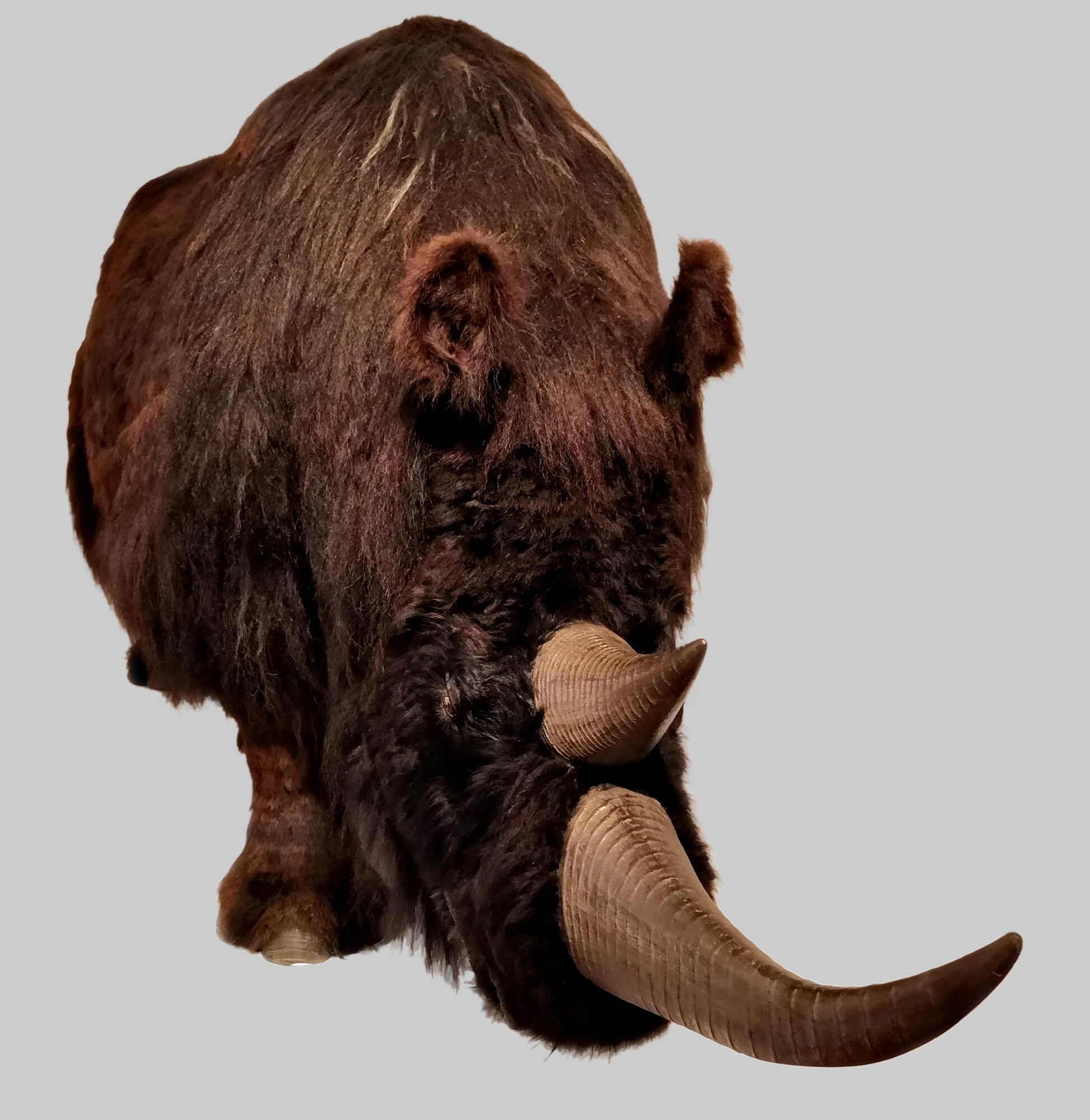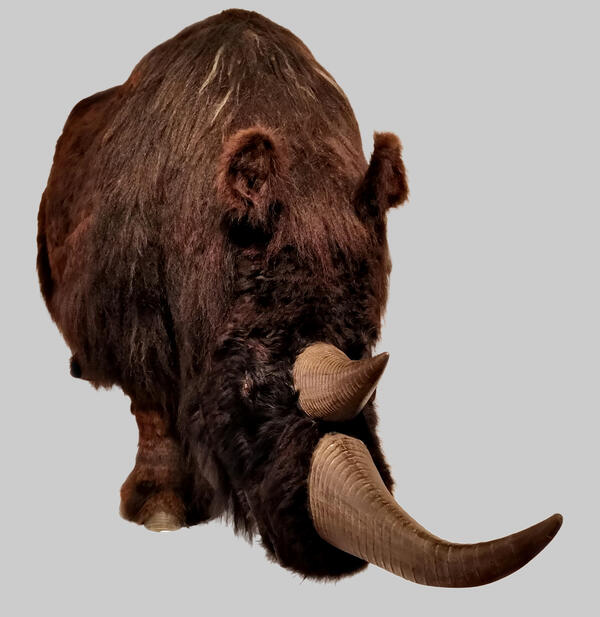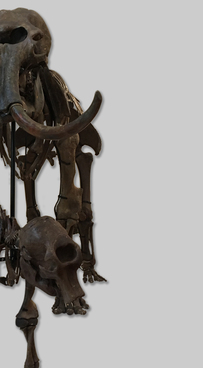Woolly rhinos are extinct mammals of the glacial period. They lived in Europe and Asia more than 200 thousand years ago, and disappeared like mammoths due to climate change about 10 thousand years ago. Perhaps with human help - ancient hunters killed rhinos because of their skins, meat and bones. By that time, art had already arisen in people, and these artists left many images of these animals.
Today, a lot is known about the life of woolly rhinos. They were giants and were second only to mammoths in size. The rhinos could grow to 2.2 m in height and 3 tons in weight. These animals adapted well to cold weather. The protruding parts of the body - the ears and tail - were shorter than those of rhinos from hot latitudes: this reduced heat loss.
The skin, up to 1.5 cm thick, was covered with undercoat and thick long hair. The shade of the coat is not exactly known: it can only be judged by the fragments of the skins found, however after thousands of years they have lost their pigment and changed color. Another source of information about the appearance of rhinoceroses are the rock carvings with its image. Still, most scientists believe that the color of the rhino fur was reddish brown or black.
Male and female rhinos each had two horns. The front horn is long, it could reach 1.4 m in length, the second - half as much. The horns of rhinos are not bones, as in cows, but a horn-like substance, similar in composition to hair and hooves. Ancient woolly rhinos roamed the tundra alone, gathering in pairs only during mating periods. Their main occupation was the search for food.
The results of radiocarbon analysis showed that the remains of woolly rhinos found at the Lugovskoye site belonging to the latest known representatives of the species in Eurasia. The age of these remains is about 10.7 thousand years.
Before creating a dummy woolly rhinoceros, the craftsmen had to study everything that is known about the anatomy and behavior of the animal. The artists of Valery Oleinik’s studio worked on this exhibit for several months. The appearance of woolly rhinoceroses was reconstructed based on discovered fossilized bones, bodies partially preserved in the permafrost, as well as observations of the life of modern rhinos.
Today, a lot is known about the life of woolly rhinos. They were giants and were second only to mammoths in size. The rhinos could grow to 2.2 m in height and 3 tons in weight. These animals adapted well to cold weather. The protruding parts of the body - the ears and tail - were shorter than those of rhinos from hot latitudes: this reduced heat loss.
The skin, up to 1.5 cm thick, was covered with undercoat and thick long hair. The shade of the coat is not exactly known: it can only be judged by the fragments of the skins found, however after thousands of years they have lost their pigment and changed color. Another source of information about the appearance of rhinoceroses are the rock carvings with its image. Still, most scientists believe that the color of the rhino fur was reddish brown or black.
Male and female rhinos each had two horns. The front horn is long, it could reach 1.4 m in length, the second - half as much. The horns of rhinos are not bones, as in cows, but a horn-like substance, similar in composition to hair and hooves. Ancient woolly rhinos roamed the tundra alone, gathering in pairs only during mating periods. Their main occupation was the search for food.
The results of radiocarbon analysis showed that the remains of woolly rhinos found at the Lugovskoye site belonging to the latest known representatives of the species in Eurasia. The age of these remains is about 10.7 thousand years.
Before creating a dummy woolly rhinoceros, the craftsmen had to study everything that is known about the anatomy and behavior of the animal. The artists of Valery Oleinik’s studio worked on this exhibit for several months. The appearance of woolly rhinoceroses was reconstructed based on discovered fossilized bones, bodies partially preserved in the permafrost, as well as observations of the life of modern rhinos.



